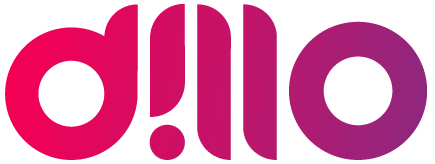RAG and LLM, what are we talking about?

- June 7, 2024
Glossary
RAG and LLM, what are we talking about?
Virtual assistants are becoming more and more efficient, and their potential is astonishing, especially when applied to the optimisation of business processes such as Customer Care and Customer Support Services.
A key breakthrough in improving the performance of assistants lies in particular in the new RAG technology, which, in combination with LLM, allows an ever-widening public to access this category of services, while at the same time enabling the configuration of extremely precise and high-performance bots.
But what do these acronyms mean?
LLM – Large Language Model
Large Language Model (LLM) constitute an essential element of the field of Deep Learning, a branch of Artificial Intelligence that is based on neural networks.
A tangible example of this concept is represented by ChatGPT, whose ‘beating heart’ is precisely an LLM, hence its extraordinary ability to generate content with human-like creativity and spontaneity.
These models have as their main capability the understanding of human language, making them an advanced form of Natural Language Processing (NLP), fundamental to establishing an effective dialogue with users, an indispensable feature in Conversational Artificial Intelligence.
However, it is important to consider that the responses generated by these models are limited to the information they have been trained with. The data used may not have been up-to-date for a long time and, in the context of a corporate chatbot for example, may not include specific details about the company’s products or services. This can lead to inaccurate responses, undermining customer and employee trust in the technology. It is therefore crucial to adopt an approach that ensures that information is always up-to-date and specific.
This is where Retrieval Augmented Generation (RAG) comes into play. This technology optimises the responses of an LLM with targeted information, without changing its basic structure. The additional information can be more up-to-date and contextualised than the original LLM data, especially for specific organisations and sectors. This means that the generative artificial intelligence system can provide more accurate and relevant answers based on extremely up-to-date data.
RAG – Retrieval Augmented Generation
Retrieval Augmented Generation (RAG) is an Artificial Intelligence (AI) solution that aims to overcome the limitations of pre-trained Large Language Models (LLM), as mentioned above.
It combines the flexibility of large language models with the reliability and up-to-dateness of an ad-hoc defined knowledge base of verified documents. Consulting these sources makes it possible to keep information up-to-date and reduce the uncertainty associated with generative models. The ultimate goal is to produce high quality answers that combine the creativity of the LLM with authoritative, verified and context-specific sources of information.
RAG benefits
As you may have guessed, RAG technology brings with it a number of considerable advantages, here are the main ones:
1. Easier to implement
When developing a bot, you start with a basic language model (our LLM we saw earlier). Customising it for specific needs can be costly in terms of time and resources. RAG offers an inexpensive alternative to integrate new data, making generative artificial intelligence more accessible.
2. Always updated knowledge
Keeping language models up-to-date is crucial, but can be difficult. In contrast, RAG allows the knowledge base to be updated very quickly, thus ensuring that the Assistant provides reliable information to users.
3. Gaining users’ trust
The RAG allows information to be accurately attributed to its original source, verifying its provenance. This increases users’ trust in artificial intelligence and conversational bots.
4. Greater control in training
RAG gives developers more control over the information sources of the model, allowing it to be easily adapted to changing needs and to intervene in the event of errors. This ensures a more secure implementation of the assistant in the various applications.
Now that you have realised the full potential of RAG technology combined with LLMs, you are ready to surprise your customers and users with accurate and timely customer care service; but not only that, you can finally free up valuable time for you and your team by delegating much of the assistance to the assistant, on the communication channel of your choice.
Recently, we implemented RAG technology to Dillo’s LLM models: this update allows users of our AI Assistants to configure their bots even more precisely. Talk to our experts for support in configuring your intelligent assistants via RAG.
Until next time!
Channels
Topics
- What’s LLM?
- What’s RAG?
- How does RAG on Dillo’s Assistants work?
Tags
Sign up for Newsletter
Stay updated on Dillo’s services and advice from our experts!

